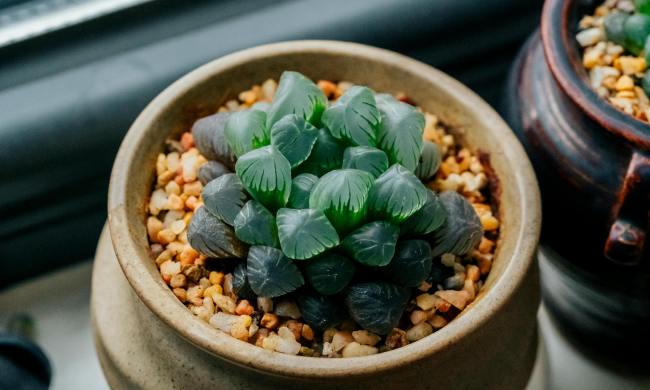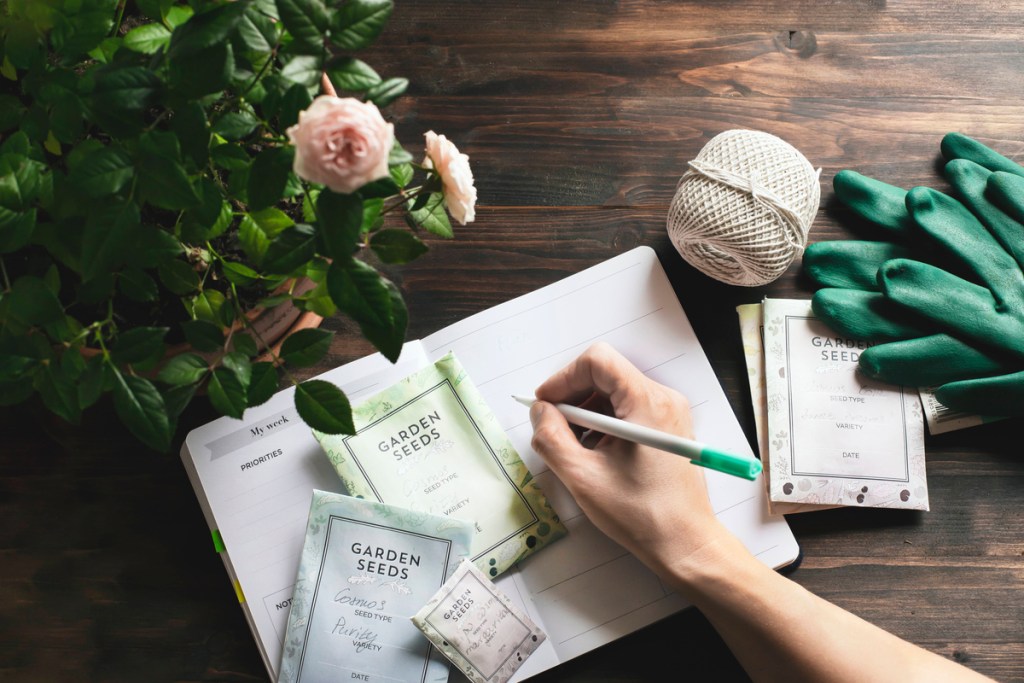
Planning your first garden is an exciting time, but it can also be confusing or overwhelming. Luckily, there are tons of tools that can help you get started. One of those tools is a companion planting chart, which helps gardeners determine what plants grow well together. If you’ve never used a companion planting chart before, here’s what you need to know.
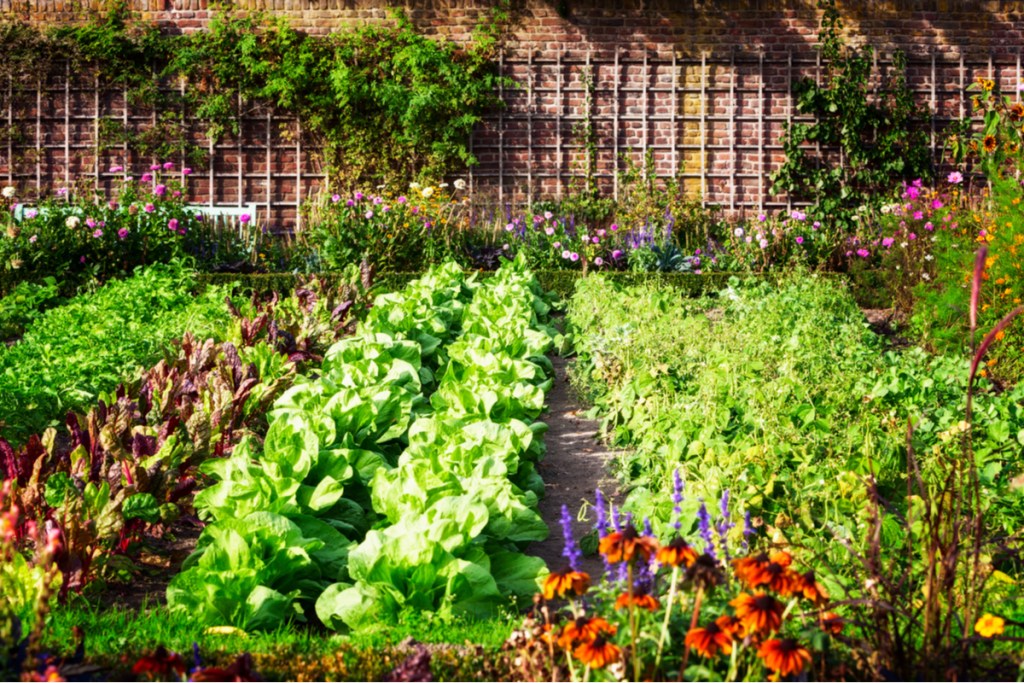
Where can you find companion planting charts?
Companion planting charts are extremely easy to find. A quick internet search will turn up dozens of charts in a variety of styles, from full-color illustrations to color-coded grids. For more thorough charts, you can even find companion planting chart books, which go into detail about what plants go well together and why. You can find these books online, but also at your local library, bookstores, or even gardening supply stores.
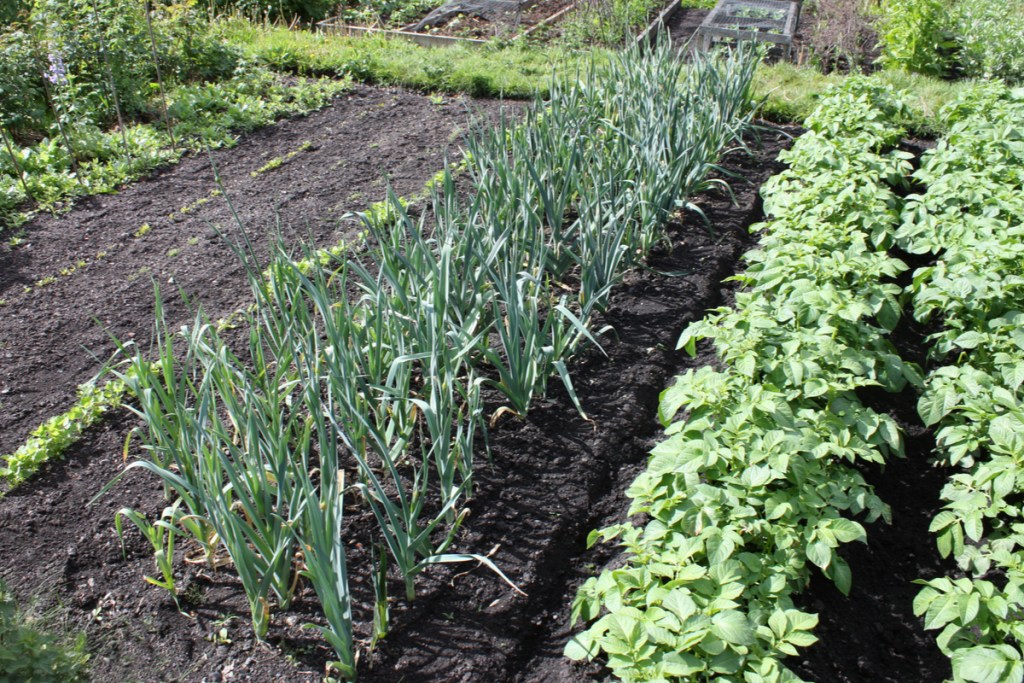
Reading a companion planting chart
Companion planting charts come in a few different styles or formats, but there are two main categories that they fall into: lists and grids.
Lists have certain plants that are the focus. These plants are used like headings, and they might be illustrated, bolded, or set aside in their own column, depending on the exact layout. Following each plant is a list of several other plants that can be planted alongside that particular plant. Some charts also include a list of plants that don't grow well with the particular plant.
Grids look like gridded squares with the names of plants along two sides. At the intersection of each pair of plant names, the square indicates if they can be planted together. This is usually either checks and X's or color-coded green and red.
Both types of charts are useful, but they may not both be useful for you. List charts are great if you’re looking for groups of plants that you can plant together, while grids are better suited for checking if specific plants are compatible.
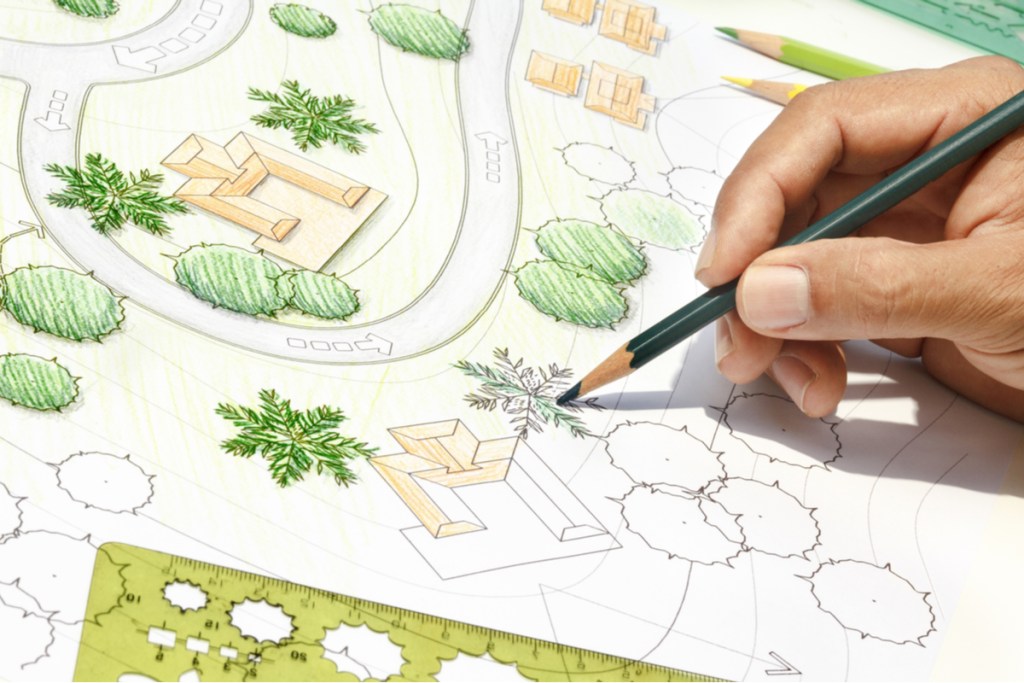
Applying the chart to your spring garden
Once you've got your chart, here's how to apply it to your spring garden:
Step 1: Make a list of all the plants you want to grow.
Step 2: Organize your list into sections, so that plants that grow well together are in the same section.
Step 3: Create a sketch of your garden.
Step 4: Divide your garden into sections.
Step 5: Match the sections of your list to sections of your garden.
Step 6: Pay attention to the needs of the plants!
For example, if part of your garden is shaded, the plants that go in that section should enjoy the shade.
Step 7: Make sure each garden section is large enough to hold the plants you’ve assigned to it.
Step 8: Plant the plants in their corresponding sections.
Now you’re ready to start planning your ideal spring garden. These tips should alleviate some of the stress associated with starting your first garden, and soon you’ll be a gardening pro! All you need is somewhere to plant, a companion planting chart, and some patience.

